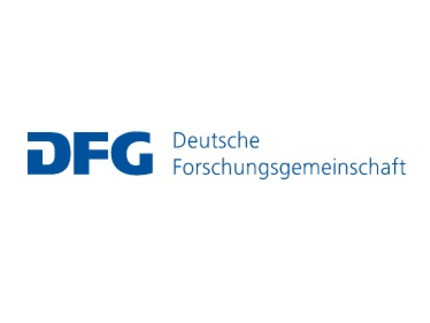Interdisciplinary Hillfort Studies at the Daugava River: Merging and Decoding Archaeological, Environmental and Linguistic Data (INHILLDAUGAR): Subproject on Sources and Etymologies of Place Names
Dr. Dmitri Sitchinava’s subproject makes part of a larger DFG project “Interdisciplinary Hillfort Studies at the Daugava River: Merging and Decoding Archaeological, Environmental and Linguistic Data” (INHILLDAUGAR, link: https://www.uni-potsdam.de/de/slavische-linguistik/forschungsprojekte/aktuelle-forschungsprojekte). The linguistic part of the project is hosted in the Potsdam University and consists of dr. Aigars Kalnins and prof. dr. Ilja Seržant. The inclusion of Dr. Dmitri Sitchinava into the project was supported by the DFG Foundation in June 2023.
Currently, a large set of place names along Daugava (ca. 3.000 units) is being analyzed etymologically and historically. These data are being organized into a form of a database with specific etymological and historical tags. Subsequently, the data thus analyzed will be subjected to statistical analysis in order to explore potential correlations between various variables such as the geographical location (all place names have been tagged with the GPS coordinates) and the provenience language that the place name originally stems from (Latvian/Baltic, Livonian/Finnic, German, Old Russian/Old Belarusian (Old East Slavic), etc.), the functional aspects (signal sites, lookout places, early warning systems, ship landing sites, etc.) and other variables. In the last stage of our subproject, the data will be correlated with the archaeological evidence from the other subprojects and we will look for a larger set of statistically significant correlations there and aim at a holistic picture.
Dr. Dmitri Sitchinava systematically integrates data from the early Slavic, Latin and German texts referring to the region. First, he collects these data, analyzes them historically and links them with the place names that are already present in the database. During this step, he also checks the toponymic database that is to be developed within the project (and previous dictionaries such as Endzelins 1956-1961 and LVV) with regard to the Slavic etymological parallels / cognates to the Baltic toponyms of the region, assessing possible etymological links and adding the corresponding entries into the database. Secondly, he also works on the etymological analysis of these historical data. He cross-checks the database against the editions of the medieval / early modern East Slavic sources on the region adding the attestations into the database; assessing the relevance of these attestations with regard to the etymological context, contamination of different forms, folk etymology, etc. Furthermore, he carries out research in order to find out (a) the nature of correspondences in the context of language contact (borrowing in either direction and cognates) and (b) the role of the Slavic collection of toponyms of the region and their relevance with regard to the linguistic and cultural history of the region.

